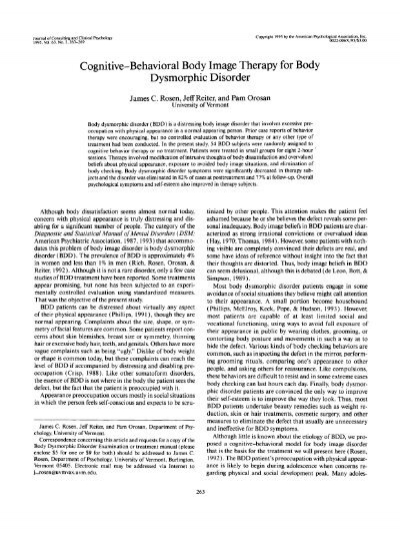In today’s world, where communication go beyond words, learning about behavioral body reading is becoming an essential skill for professionals and anyone who wants to understand human nature.
In this guide, we’ll explore the principles of behavioral body analysis, covering common misconceptions. We’ll explain how reading body language can be used in therapy, helping you spot hidden emotions.
Keep reading to discover how body analysis works. By the end, you’ll know how to interpret different body types.
Why Study Body Analysis
Body analysis gives you an unspoken dimension of communication, helping in team dynamics.
Coaches apply body reading techniques to identify fears or resistance.
This skill reduces misunderstandings and helps build trust, because you’re responding not just to words but also to what the body communicates.

Different Approaches to Body Analysis
Some practitioners focus on movement patterns, reading how the body carries itself to uncover emotional states or stress responses.
In some therapeutic settings, body analysis is combined with touch or movement therapy, helping clients release physical tensions linked to emotional trauma.
Learning diverse approaches also helps you avoid bias by relying on multiple signals instead of a single interpretation.

Body Analysis in Practice
These small signals may indicate lack of trust, offering clues beyond their spoken words.
Coaches rely on physical cues to adjust their approach, noticing when a client feels blocked or energized.
The more you observe, the more intuitive your understanding becomes, allowing you to respond thoughtfully and authentically.
What People Get Wrong About Behavioral Body Reading
Relying solely on one signal can lead to misunderstandings.
People are shaped by culture, upbringing, and experiences that go beyond physical form.
Parents use body analysis to understand children’s unspoken feelings. Teachers notice students’ posture shifts to catch disengagement.
How the “Body Explains” Model Works
According to this model, body posture may point to childhood patterns.
In “the body explains” practice, professionals observe specific zones and map them to psychological traits.
Clients working with “the body explains” methods often experience breakthroughs as they connect tension areas with beliefs.
Ethical Considerations in Body Analysis
It’s important to approach body reading as a tool for empathy and understanding, not as a weapon for persuasion or power.
Body analysis should always be paired with active listening and curiosity, rather than rigid conclusions.
Ethics in behavioral body analysis means creating a safe, respectful environment where observation fosters growth, not shame.
Developing Body Reading Skills
Keep a journal to record patterns you observe, linking them to possible emotions or attitudes.
Reading books or attending workshops on body language provides structured knowledge and frameworks.
With consistent practice, your awareness grows, enhancing communication, relationships, and emotional intelligence.

Conclusion: Is Body Analysis Right for You?
Whether you’re a therapist, learning to read the body opens new dimensions of communication.
We’ve explored different methods of behavioral body reading, from traditional physiognomy.
Let the process inspire curiosity, empathy, and openness as you unlock the silent language of the human body.
Common Questions About Body Reading
How do you define body analysis?
It involves studying how the body expresses subconscious tendencies and communicates beyond words.
Can anyone learn body reading?
Yes, anyone can learn body reading with practice and guidance.
Does body analysis always reveal the truth?
It provides clues and patterns but must be contextualized and combined with dialogue.
Can body reading help in business?
It helps professionals build rapport, detect unspoken needs, and adjust communication strategies.
How is body analysis different from reading body language?
Both overlap but body analysis may explore deeper character patterns linked to the body’s form.
site sobre este tema